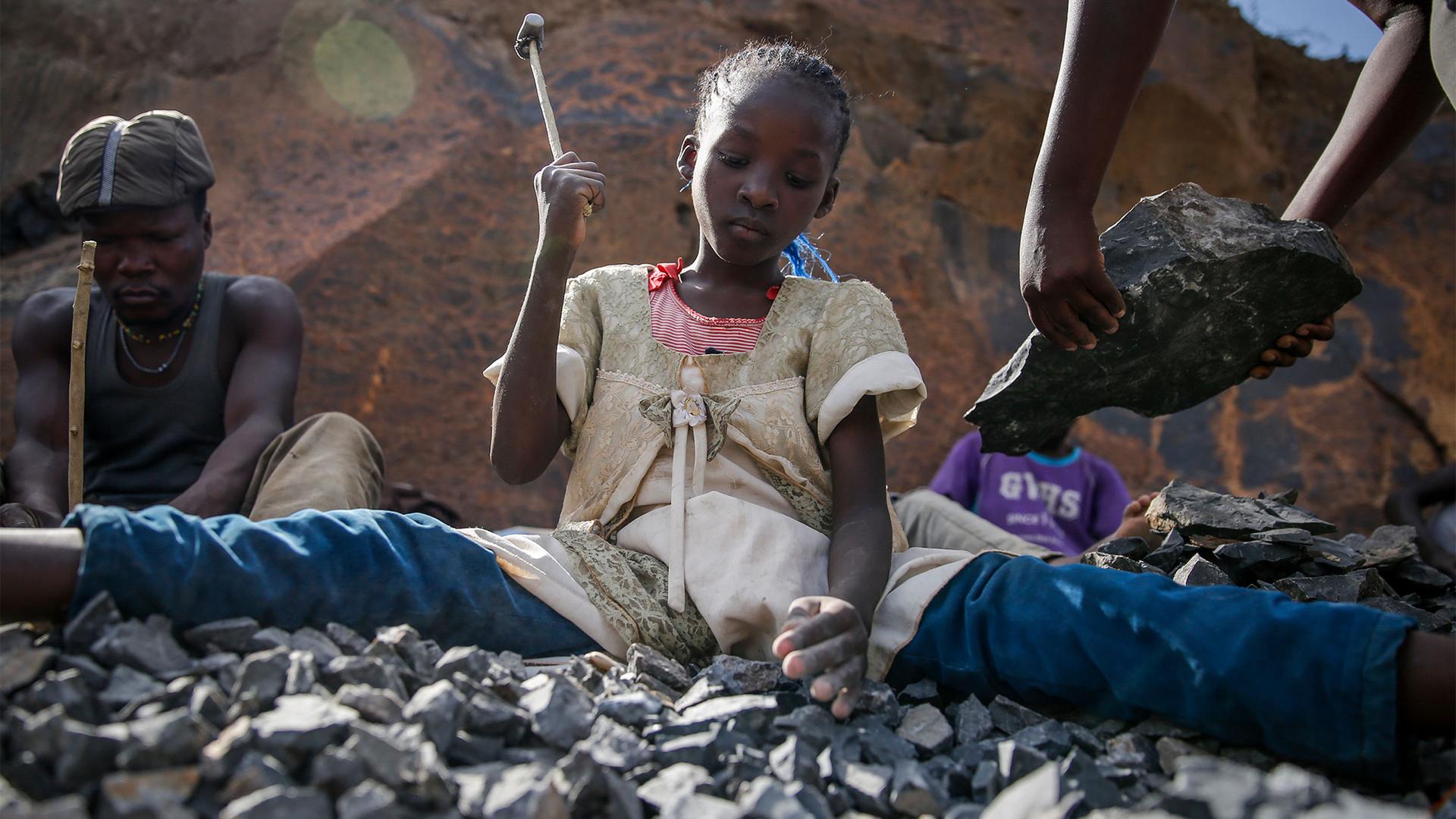US Customs and Border Protection monitors imports to curb products made by forced labor
Around the globe, from factories to fishing boats, millions of people are forced to do work against their will.
Like many governments, the US is stepping up efforts to do something about it, either with sanctions, or by establishing reporting requirements for companies to make sure they’re monitoring supply chains.
Advocates say US Customs and Border Protection could play a crucial role, by seizing goods made through forced labor, so that they can’t enter the US.
Related: Big chocolate companies use child labor. Can a 1789 US law hold companies accountable?
“It all comes down to economics. … They want to stay in business. If a lot of their market is in the US, they’ll take those steps…”
“Frankly, it all comes down to economics,” said John Leonard, CBP’s top trade enforcement official who also oversees its efforts to combat forced labor.
“They want to stay in business. If a lot of their market is in the US, they’ll take those steps. And that’s what you want to happen, because hopefully the lives of the workers will be better.”
Related: Human Rights Watch alleges use of forced labor by Canadian mining company
CBP currently has 48 active bans in place. That includes a ban on cotton and tomato products from the Xinjiang province of China, where independent groups have found Uyghurs are being forced to work in factories. Leonard says that since October, CBP has stopped about 350 shipments worth $50 million.
Related: US bans cotton products from China’s Uighur region over forced labor concerns
“This mission set is very emotional for us. And it is something that the folks that work in that area take a lot of pride in,” Leonard said. “And I think it really motivates them.”
But some say there are things the CBP needs to do better to address the immense problem of forced labor.
A Government Accountability Office report found that CBP doesn’t have the right staffing in place to scale up. Some investigations stalled because there was no one to do them. The GAO also found CBP hasn’t been transparent about the process companies have to go through to get sanctions lifted.
“CBP is acting as the investigator, judge and jury.”
“CBP is acting as the investigator, judge and jury in these matters,” said Luciano Racco of the firm Foley Hoag, which advises companies on international compliance.
“And there’s typically no public explanation of what specific evidence CBP relied on in determining that there was reasonable or conclusive evidence of the use of forced labor or child labor.”
That complaint is echoed by Esmeralda López, legal and policy director of the Global Justice International Labor Rights Forum. She said her group has provided CBP with evidence about companies that it was sure would result in a ban — or, in CBP jargon, a “withhold release order.”
“Currently, when a petitioner files an allegation with CBP, like my organization, there is no clear standard by which we know that CBP is making its decision,” she said. “We have submitted petitions for which the withhold release orders have not been issued, and we believe that they should have been.”
Related: Girl dies after being detained by US Border Patrol
US law prohibits imports made through forced labor.
But until 2016, there was a loophole that allowed goods in based on consumer demand. Congress closed that loophole, and Leonard says that ever since, CBP — the largest federal law enforcement agency — has been ramping up.
“It’s an evoolution. … CBP is getting better at it, literally week by week, month by month.”
“It’s an evolution,” Leonard said. “CBP is getting better at it, literally week by week, month by month.”
Related: What garbage at a US Border Patrol facility reveals about the migrant journey
He said his agency tries to be as transparent as possible. An interdisciplinary group inside CBP gathers evidence to determine a finding of forced labor, as defined by the International Labor Organization, he explained. They look at media reports, or reports by other government agencies, and consider information from nongovernmental organizations and civil society groups. CBP personnel overseas also evaluate working conditions.
“Ultimately, like a lot of federal agencies, the final decisions are made up here in headquarters in Washington, DC,” Leonard said.
